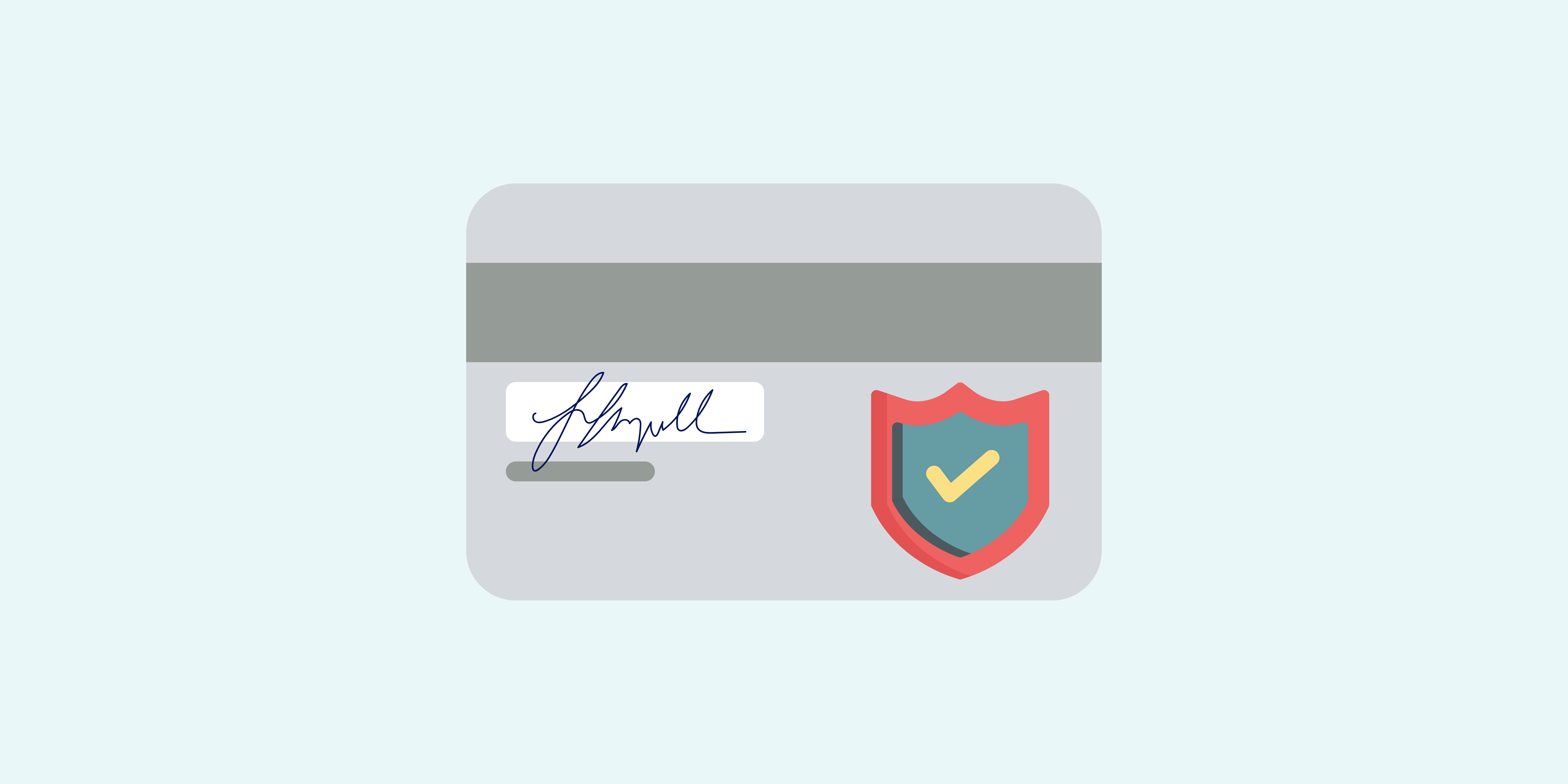If a bond interest payment is missed or principal repayment is delayed, the issuer has failed to uphold their obligations and that bond is said to be “in default.”
Bond default rates aim to quantify the risk to lenders of a borrower being unable to make the required payments on their debt. Lenders and investors are exposed to default risk whenever credit is extended, as is the case with bond issuances.
A country or its government can default on their debt, but established democratic nations very rarely do. And historically, investment-grade bonds have exhibited much lower default rates compared to non-investment grade bonds.
Why are default rates important to investors?
In the fixed income market, the probability of default is the probability that a bond produces no return for holders over its lifetime and its price goes to zero. Investors can use the probability of default to calculate the expected loss from an investment. A bond’s default rate affects how investors view that bond and in turn, its market price.
While defaults spell trouble for investors, it doesn’t mean that they’ll lose all of their principal, as bondholders often recoup at least a portion of their investment. For example, in the U.S. high-yield market, the average recovery rate (1982-2008), was around 40%.
Credit ratings and default rates
The main rating agencies in Canada and the U.S. are Standard & Poor’s (S&P), Moody’s, Fitch and DBRS. They assign a credit rating that conveys their assessment of an issuer’s ability to honour their debt obligations or put another way, the likelihood of default.
Standard & Poor’s ratings are letter grades from AAA to D. A rating of BBB or higher separates investment grade bonds from non-investment grade ones. Highly-rated bonds tend not to default, but these are guidelines, not guarantees.
Investors use these ratings to assess an issuer’s creditworthiness and financial strength — and to decide which bonds to invest in and which ones to avoid.
Default does not equal bankruptcy
Default is usually a last resort and viewed as a sign of severe financial distress, but it isn’t necessarily the beginning of the end for that issuer.
Bonds in default usually continue to trade, albeit at sharply reduced prices, and are referred to as distressed debt. Many defaults are addressed by restructuring the terms of the debt so that the revised terms are manageable for the issuer. This new agreement between the issuer and bondholders aims to prevent outright default and bankruptcy.
Using default rates to make investment decisions
Investors can lessen the potential for defaults by owning high-quality individual bonds or by investing in lower-risk bond funds that have mandates to hold only investment-grade bonds.
Whenever an issuer defaults on their debt, investors can use their default rate to gain insight into how those bonds might fare.
Also, given that many defaults are preceded by downgrades to the credit rating of the issuing entity, investors might have an opportunity to exit the position before the actual default. Granted, the issuer downgrade will have likely already had an effect on their bonds’ prices.
Bond default rates can be a useful metric for investors, but they’re not infallible. Just think of how many highly-rated companies failed during the 2008 financial crisis, most notably Lehman Brothers.






